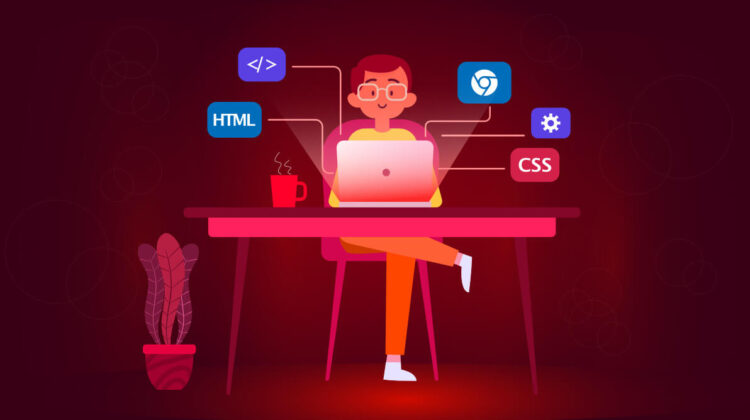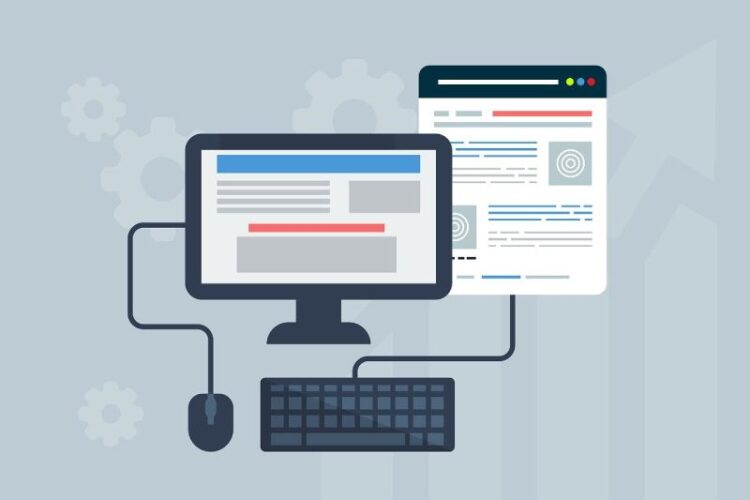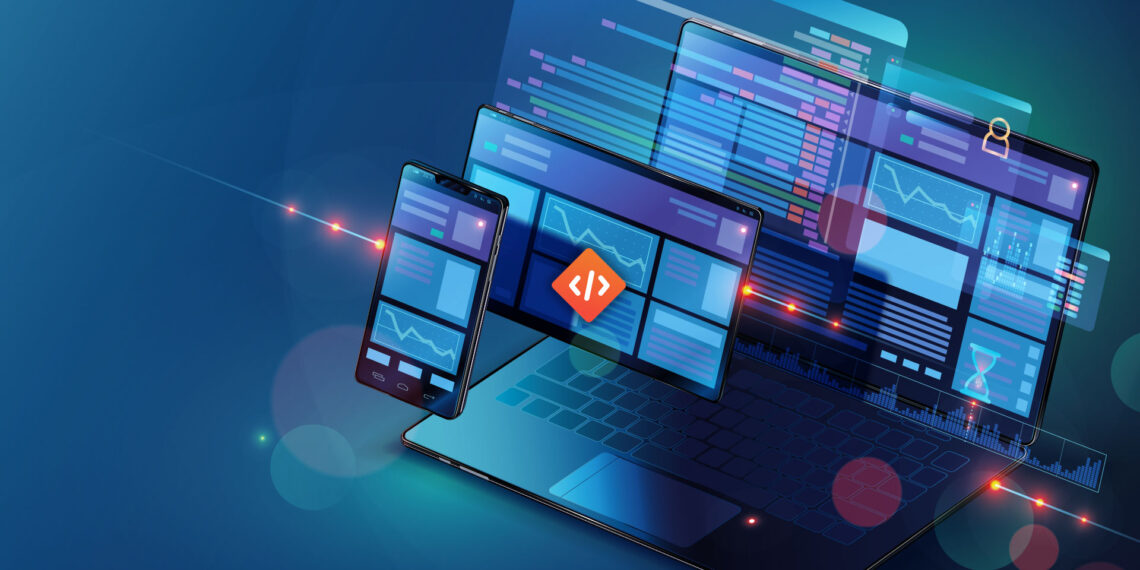Web Pages and apps are today a crucial element of global business and commerce. With the advent of the digital age, the business world has also moved online using the intermediary of websites and apps.
To develop a webpage or an app, usually, one needs developers for both the front-end and the back-end. The back-end involves evolving the infrastructure and server, and the front-end, as the name suggests, is what a user for real sees on the app or the webpage.
The front end is also called the user interface or the UI, and it is viewed by the people or the customers on their computer or phone screen. The front-end development divides the color, the design, the navigation, etc., on a webpage. One can read more and enhance their knowledge about front-end development from informative blogs and videos on the internet.

Signs Of A Good User Interface
The user interface is the main point of contact between a business and a customer. It is precisely for this reason that companies around the globe pour millions of dollars into the developing process of excellent user interfaces.
A good user interface is easy to navigate, even for the act of payment, and the interface should be intuitive accordingly. The drop-down menu should be logical and rational. The interface should be robust and interactive because the customer will not take more than a few seconds to uninstall an app or switch websites if he gets bored or lost while navigating a particular webpage.
6 Tips To Help Master Front-End Web Development
1. Master The Programming Languages
The first thing for becoming an expert at front-end development is mastering the web languages. One should make himself well conversant with the computer languages such as Java, the HTML, and the CSS (Cascading Style Sheets). A good developer must go beyond the fundamentals of these computer languages and seek to acquire advanced-level skills.

2. Pay Great Attention To Debugging
A good front-end developer must comprehend the importance of debugging. A complex app requires writing long codes running into thousands of lines, so errors are inevitable. Some errors in a program can be simple syntax errors or runtime errors, or an error in logic.
Debugging involves the fixing of these errors. To debug, a developer can use several tests like a unit test. A unit test is a process of taking the smallest testable unit and testing it at a time to trace the source of the error. To debug codes, developers can take the help of tools available for debugging like Eclipse and Postman to ease the process of debugging.
Developers also undertake an exercise known as program profiling to optimize the programs while they run. Tools like Py-spy and Bubbleproof use statistical data and run simulations to evaluate the paths through which an app may eventually consume less power or take up minimal memory space.
3. Upgrade The Codes
A code needs constant up-gradation to keep catering to audiences’ requirements. In technical jargon, this process means refactoring.
In fact, some tools allow a developer to upgrade just one node of a program instead of upgrading an entire tree that consists of several interconnected nodes, thus making the life of a developer easy.
Apart from upgrading the code, a developer should upgrade his skills simultaneously. A developer can take a short designing course to make a webpage look aesthetically pleasing. A keen eye for design will help choose the right color, appropriate texture, and a font that appeals to the customers.
Since enhancing the satisfaction of a user, is the chief requisite for front-end development, a developer equipped with a keen eye for detail would immensely enhance the overall visualizing experience of the user.

4. Learn About Back End Development
It is a must for an expert front-end developer to have total coordination with a back-end developer and cannot operate independently in silos. A back-end developer typically works by developing algorithms, whereas a front-end developer uses computer languages like Java and HTML.
However, with the ever-increasing complicacy of apps and webpages, if a front-end developer knows about the servers and basic infrastructures (back-end) function, he can coordinate effectively with the back-end developers, which leads to an increase in the overall productivity.
Also, some of the features of the back-end have an impact on the front-end as well. If a front-end developer knows how the back-end functions, he may be able to solve the problems that may arise using his coding abilities.
5. Learn To Automate
Learning to automate can increase the productivity of front-end developer manifolds. Since a developer is concerned about debugging, upgrading, and several other matters, all the time, learning to automate some of the steps will save a lot of time for the developer.
If several steps are automated, one can save precious time and avert the silly errors that may creep in when one is overwhelmed. Broccoli and Grunt are good examples of great tools that are convenient for automating a few steps of the front-end development work.

6. Repeatedly Practice The Skills Learnt
This last tip is the most important one that practically tries out whatever skills you have learned. One should rewrite the projects completed, try coding from open-source projects, try new patterns and designs on old projects, and play with different approaches. Regular practice is the best way to sharpen and master ones skills and knowledge.
Conclusion
One must know the intelligent application of tools like GitHub, Bootstrap, and Emmet to master front-end web development. One must regularly practice automating the workflow, the routine upgrading of strategies and website codes, and picking up new skills that can help an individual master front-end development. Other than the above expertise, the golden rules of practicing coding and getting your codes reviewed by others can help to master any related skills.
In the present world, no skill or process functions in watertight chambers, a front-end developer must therefore be curious and constantly gather new skills to upgrade their abilities and be industry-relevant.








